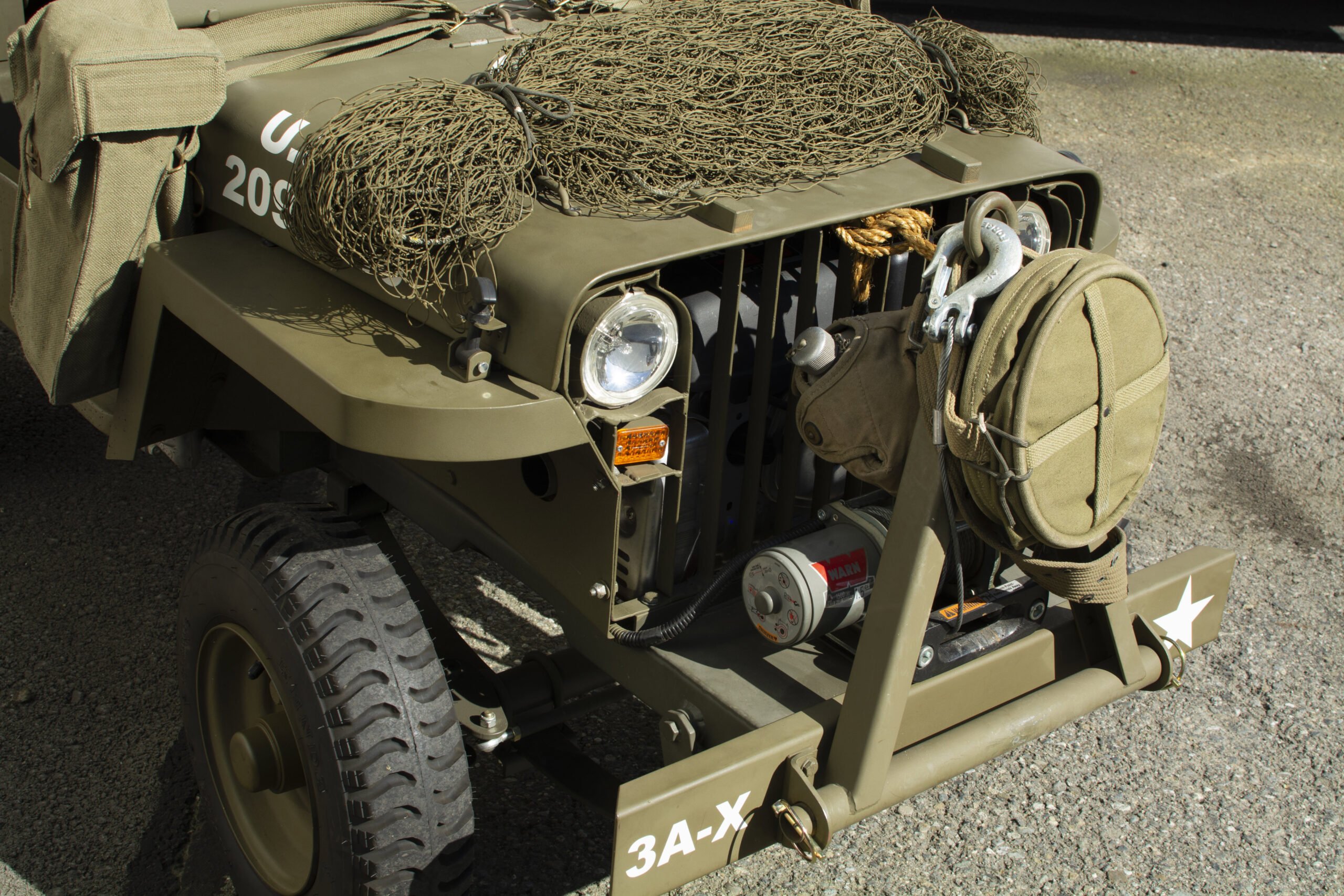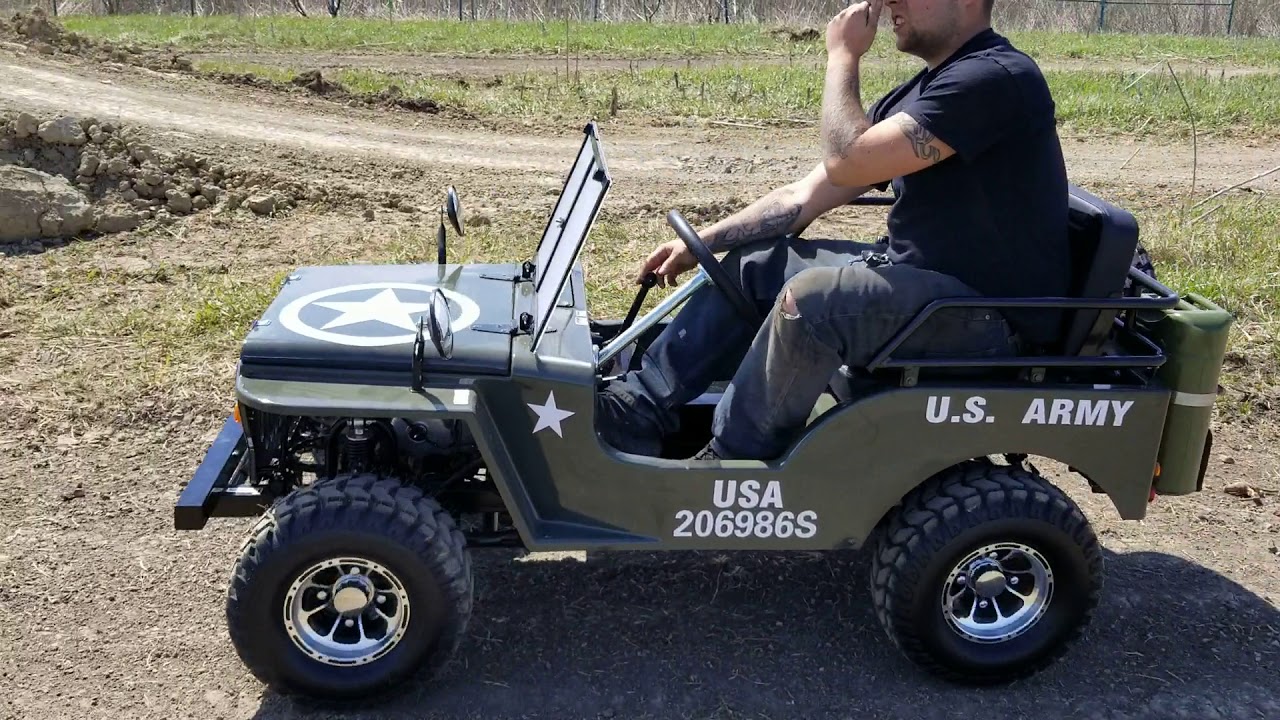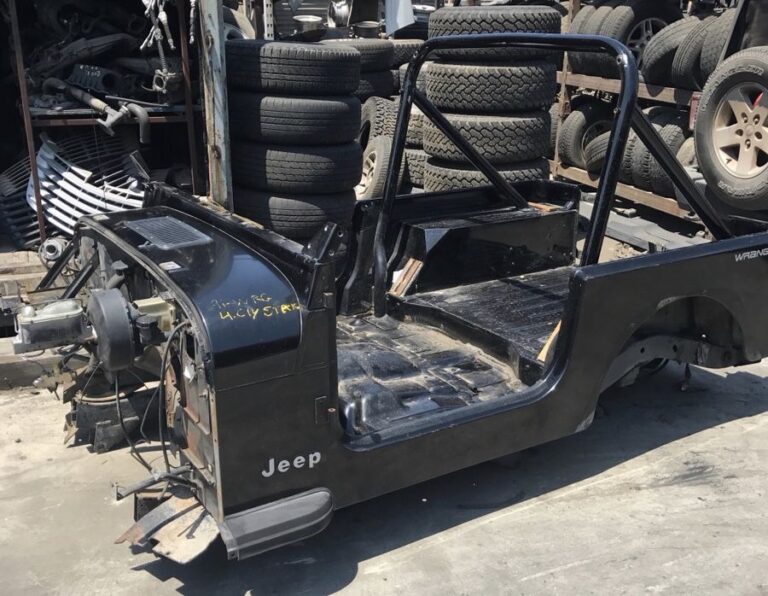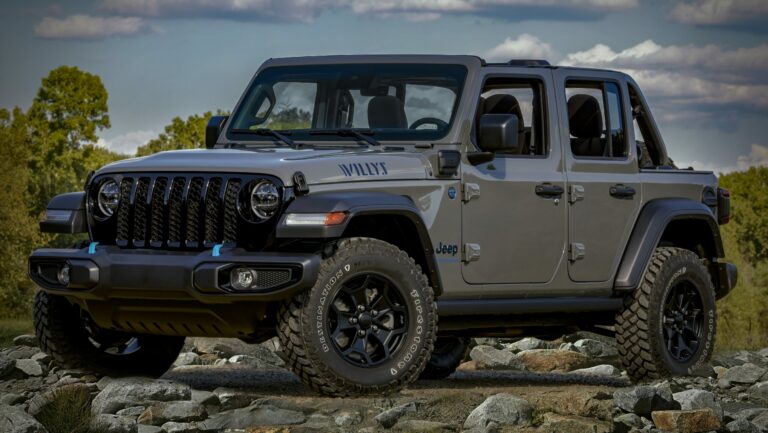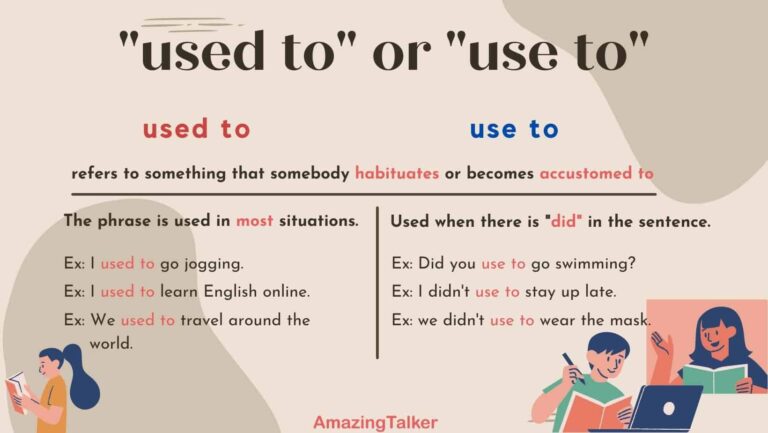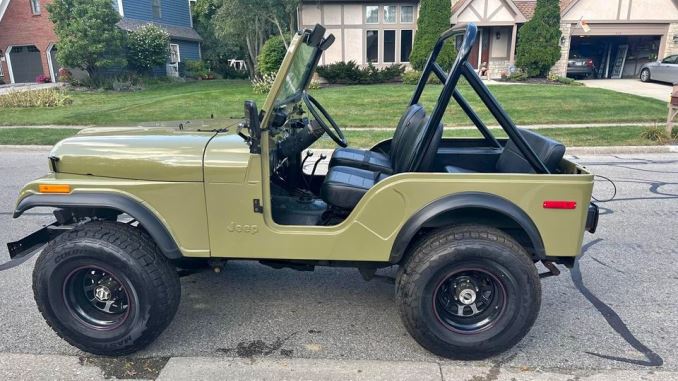Mini Jeep Kit For Sale: Unleash Your Inner Engineer and Conquer the Trails
Mini Jeep Kit For Sale: Unleash Your Inner Engineer and Conquer the Trails jeeps.truckstrend.com
The allure of off-road adventure, the satisfaction of building something with your own hands, and the sheer joy of piloting a scaled-down version of an iconic vehicle – these are just some of the reasons why the "Mini Jeep Kit For Sale" market is thriving. Far more than just a toy, a mini jeep kit offers an unparalleled blend of mechanical education, creative expression, and exhilarating outdoor fun. It’s an invitation to embark on a journey of discovery, transforming a collection of parts into a formidable, pint-sized off-roader.
For enthusiasts, hobbyists, and families looking for a unique project, a mini jeep kit represents a fantastic opportunity. Unlike purchasing a pre-assembled mini jeep, a kit provides a deeper, more hands-on experience, allowing for significant customization and a profound understanding of how such a vehicle operates. This comprehensive guide will delve into every aspect of mini jeep kits, from understanding what they entail to the practicalities of building one, helping you navigate the exciting world of miniature off-road prowess.
Mini Jeep Kit For Sale: Unleash Your Inner Engineer and Conquer the Trails
What Exactly is a Mini Jeep Kit?
At its core, a mini jeep kit is a collection of components designed to be assembled into a functional, scaled-down replica of a full-sized jeep, most commonly resembling the classic Willys MB or CJ series. Unlike a fully assembled mini jeep, a kit requires the buyer to undertake the construction process, often from the ground up.
A typical mini jeep kit will include the fundamental structural elements:
- Chassis/Frame: The backbone of the vehicle, providing rigidity and mounting points for all other components.
- Body Panels: Usually made from steel, fiberglass, or a combination, these form the iconic jeep shape. They often come pre-fabricated but may require finishing (sanding, painting).
- Suspension Components: Axles, springs (leaf or coil-over), shock absorbers, and mounting hardware.
- Steering System: Steering wheel, column, gearbox, tie rods, and linkages.
- Braking System: Calipers, rotors, master cylinder, brake lines, and pedals.
- Wheels and Tires: Scaled-down versions suitable for off-road use.
- Seating: Basic seats, often requiring upholstery or padding.
- Miscellaneous Hardware: Bolts, nuts, washers, brackets, and small fittings necessary for assembly.
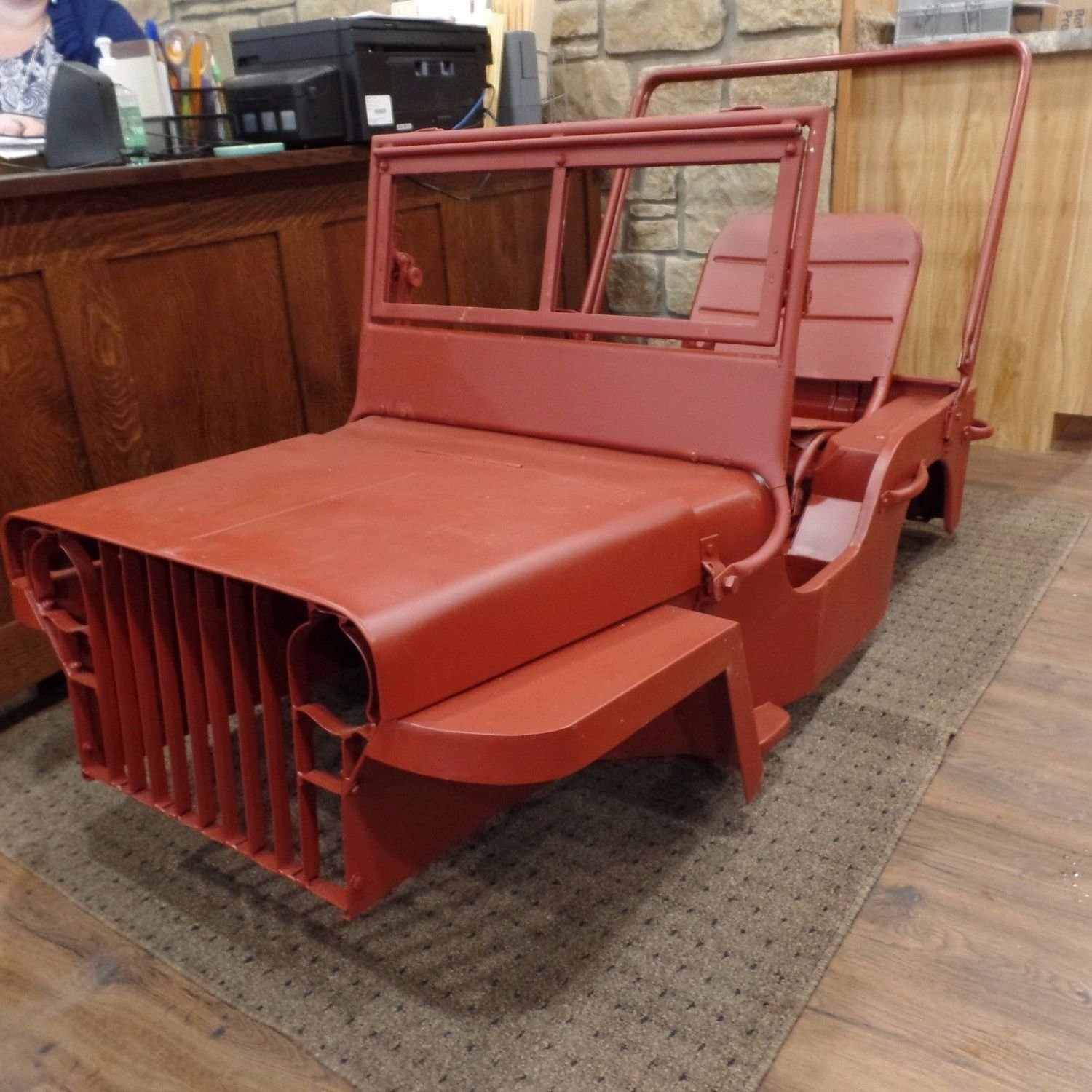
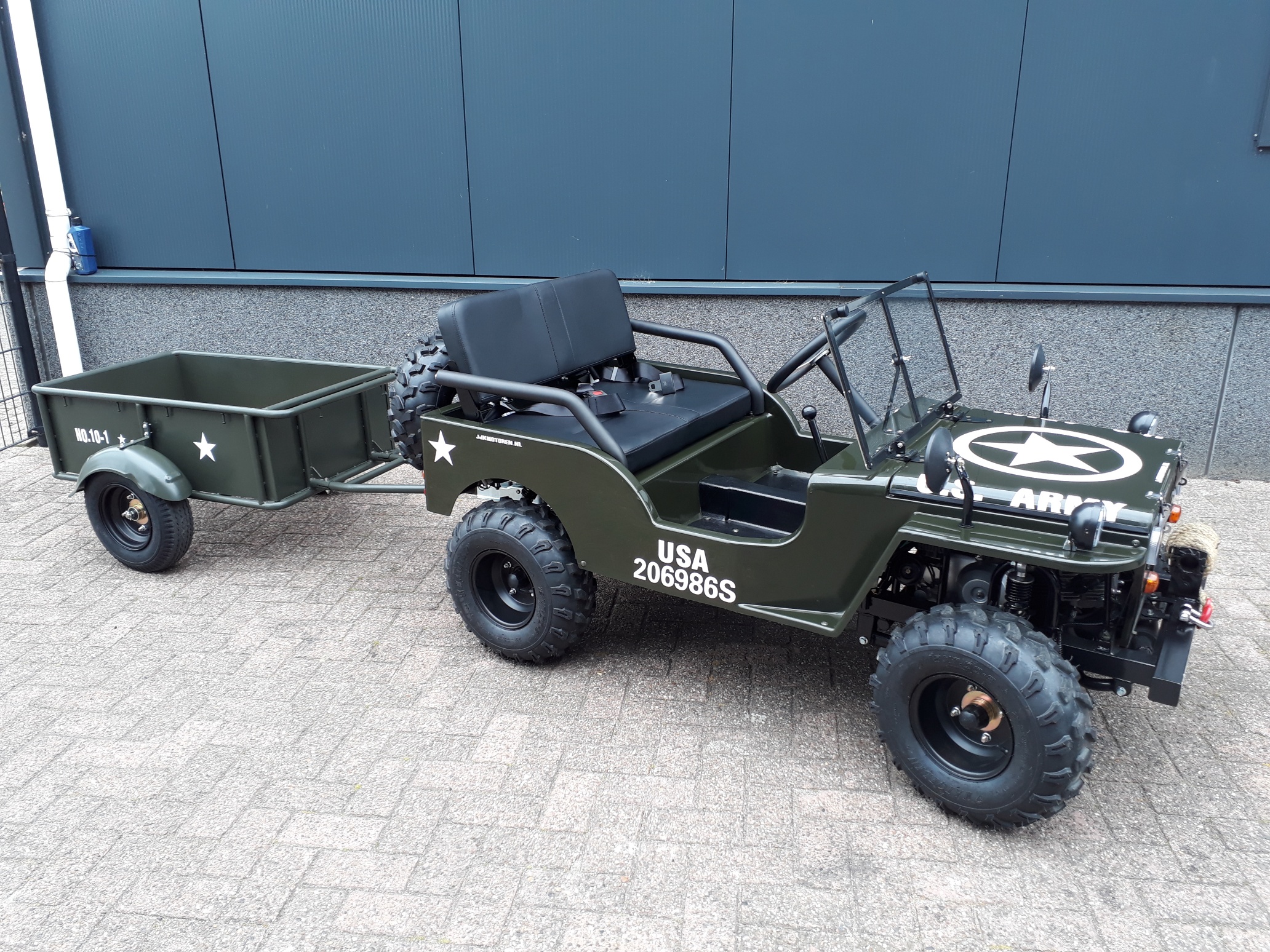
What a kit often does not include, or offers as an optional add-on, are the powertrain components:
- Engine: Ranging from small utility engines (like those found in go-karts or lawnmowers) to more powerful motorcycle or ATV engines.
- Transmission: Dependent on the engine choice, this could be automatic or manual.
- Drivetrain: Drive shafts, differentials, and final drive components if it’s a 2WD or 4WD system.

The beauty of a kit lies in this modularity. It allows builders to select the engine and transmission that best suit their performance needs and budget, providing a truly custom vehicle.
Why Consider a Mini Jeep Kit? Benefits Galore!
Opting for a mini jeep kit over a pre-built model offers a wealth of advantages, appealing to different motivations:
- Educational Value & Skill Development: This is perhaps the most significant benefit. Building a mini jeep kit is an immersive lesson in mechanical engineering, basic fabrication, and automotive systems. You’ll learn about suspension geometry, braking principles, steering mechanics, and engine integration. It’s an invaluable hands-on experience for budding engineers, mechanics, or anyone keen to understand how things work.
- Unparalleled Customization: From the choice of engine power and drivetrain (2WD vs. 4WD) to paint schemes, interior features, and accessories (winches, light bars, custom roll cages), a kit provides a blank canvas. You can truly make it your own, reflecting your personality and specific intended use.
- Cost-Effectiveness (Potentially): While the initial kit price might seem substantial, sourcing components individually or choosing less expensive engine options can sometimes make a kit more affordable than a high-end, pre-built mini jeep. Moreover, the "labor" is free, as it’s your own.
- Immense Sense of Accomplishment: There’s a profound satisfaction that comes from transforming a pile of parts into a fully functional vehicle. The pride of saying, "I built that," is a powerful motivator and reward.
- Unique Off-Road Fun: Mini jeeps, especially those built for ruggedness, are incredibly capable off-road. Their compact size allows them to navigate tight trails and challenging terrain that larger vehicles can’t. They’re perfect for private land, farms, or dedicated off-road parks.
- Family Project & Bonding: Building a mini jeep can be a fantastic collaborative project for families. It teaches teamwork, patience, and problem-solving, creating lasting memories and a shared sense of achievement.
Types of Mini Jeep Kits Available
The market offers a variety of mini jeep kits, catering to different budgets, skill levels, and desired outcomes:
- Basic Frame Kits: These are the most fundamental, providing only the bare chassis or frame. The builder is responsible for sourcing almost every other component, offering maximum customization but requiring significant research and procurement effort.
- Partial Kits: These typically include the frame, suspension components (axles, springs, shocks), and steering mechanisms. They get you a rolling chassis, leaving the body, powertrain, brakes, and electrical systems to the builder.
- Near-Complete Kits (Less Powertrain): These are very popular, often including the frame, body panels, suspension, steering, brakes, wheels/tires, and sometimes basic seating and lighting. The primary components left for the builder to source are the engine, transmission, and associated drivetrain.
- Electric Mini Jeep Kits: A growing segment, these kits focus on electric powertrains, including motors, battery packs, and controllers. They offer quieter operation and less maintenance but typically have a higher initial cost due to battery technology.
- Replica Kits: Many kits are designed to mimic specific iconic jeeps, such as the Willys MB, Ford GPW, or various CJ models, down to the smallest details.
Key Components You’ll Find (or Need to Source) in a Mini Jeep Kit
Understanding the typical components helps in assessing the completeness of a kit and planning for additional purchases:
- Chassis/Frame: The foundational structure, often made of robust steel tubing.
- Body Panels: Steel, fiberglass, or aluminum sheets cut and formed into the jeep’s body, hood, fenders, and grille.
- Suspension System: Includes leaf springs or coil-over shocks, control arms, and solid axles (front and rear).
- Steering System: A steering column, steering wheel, rack-and-pinion or gearbox, and tie rods.
- Braking System: Disc brakes are common for better stopping power, including calipers, rotors, brake lines, and a master cylinder.
- Wheels and Tires: Small, off-road-specific tires with durable rims.
- Seating: Basic bucket seats or bench seats, often requiring upholstery or cushions.
- Fuel System (for gas kits): Fuel tank, fuel lines, fuel pump (if needed), and filler neck.
- Electrical System: Wiring harness, battery box, ignition switch, headlights, taillights, and sometimes turn signals.
- Hardware: A vast array of nuts, bolts, washers, rivets, and specialty fasteners.
- Powertrain (Often separate): This is where you select your engine (e.g., 200cc, 420cc, motorcycle engine) and its corresponding transmission (e.g., centrifugal clutch, manual gearbox, CVT).
The Assembly Process: A Step-by-Step Overview
Building a mini jeep is a rewarding project, but it requires patience, attention to detail, and a methodical approach. Here’s a general overview of the steps involved:
- Preparation: Unpack and inventory all parts against the provided list. Organize components. Read the assembly manual thoroughly – multiple times if necessary. Ensure you have a clean, well-lit workspace and all necessary tools (wrenches, sockets, screwdrivers, drills, possibly a welder, grinder, measuring tape, etc.).
- Frame Assembly: Begin by assembling the chassis according to the instructions. This is the foundation, so accuracy here is paramount. Ensure all bolts are torqued correctly.
- Suspension & Axles: Install the front and rear axles, along with the springs, shocks, and control arms. This will get your chassis rolling.
- Steering System: Mount the steering gearbox, column, and wheel. Connect the tie rods to the steering knuckles on the front axle. Test for smooth operation.
- Braking System: Install the brake calipers and rotors. Route the brake lines carefully, ensuring no kinks or leaks. Mount the master cylinder and connect it to the brake pedal. Bleed the brakes thoroughly.
- Engine & Drivetrain Integration: This is often the most complex step if you’re sourcing your own engine. Mount the engine and transmission onto the frame. Connect the drive shaft(s) to the axles. Ensure proper alignment and clearance.
- Fuel System (Gas): Install the fuel tank, run fuel lines, and connect to the carburetor or fuel injection system.
- Bodywork: Attach the body panels to the frame. This may involve bolting, riveting, or even some welding depending on the kit. Ensure panels fit snugly and are aligned.
- Electrical System: Install the wiring harness, connect the battery, lights, ignition switch, and any other electrical components. Test all circuits.
- Finishing Touches: Install seats, roll bar (if applicable), mirrors, windshield, and any other accessories. Prepare the body for paint (sanding, priming) and apply your desired finish.
- Final Inspection & Testing: Double-check every bolt, connection, and system. Perform initial low-speed tests in a safe, open area before venturing into more challenging terrain.
Important Considerations Before Buying
Before you commit to a mini jeep kit, ponder these crucial points:
- Your Skill Level & Tool Availability: While many kits are designed for DIY enthusiasts, a basic understanding of mechanics and a good set of tools are essential. Do you have access to a welder, grinder, or other specialized tools if the kit requires them?
- Budget Beyond the Kit: Remember, the kit price is just the beginning. Factor in the cost of the engine, transmission, paint, upholstery, potential upgrades, and unforeseen expenses.
- Workspace & Time Commitment: You’ll need a dedicated space for assembly, preferably a garage or large workshop. Building a mini jeep is not a weekend project; it can take weeks or even months, depending on your free time and the kit’s complexity.
- Intended Use & Legality: Mini jeeps are almost universally not street-legal. They are designed for off-road use on private property, farms, or designated off-road parks. Ensure you have a suitable place to use it safely and legally.
- Manufacturer Support: Research the kit manufacturer. Do they offer good instructions, technical support, and replacement parts? Reading reviews can be very helpful.
- Weight & Size Capacity: Check the kit’s specifications regarding occupant weight and overall dimensions to ensure it’s suitable for the intended driver(s).
Tips for a Successful Build
- Read Everything First: Before turning a single wrench, read the entire instruction manual cover-to-cover. Understand the sequence and the logic.
- Organize Parts: As you unpack, label and organize components. Use bins, plastic bags, or a parts tray. This saves immense time later.
- Don’t Rush: Patience is key. If you’re frustrated, take a break. Rushing leads to mistakes and potential damage.
- Invest in Good Tools: Quality tools make the job easier, safer, and yield better results.
- Document Your Build: Take photos or videos. This helps if you need to retrace steps and is great for sharing your accomplishment.
- Seek Community Support: Online forums, Facebook groups, and YouTube channels dedicated to mini jeep builds are invaluable resources for advice and troubleshooting.
- Prioritize Safety: Always wear appropriate personal protective equipment (safety glasses, gloves). Work in a well-ventilated area.
- Budget for Contingencies: Always set aside a small percentage of your budget for unexpected costs or parts you might need to replace.
Mini Jeep Kit Estimated Price Guide
Please note: Prices are highly variable based on manufacturer, kit completeness, materials, and current market conditions. These are estimated ranges in USD and do not include shipping, engine, transmission, or finishing materials unless specified.
| Kit Type | Completeness Level | Estimated Price Range (USD) | Key Inclusions | Common Exclusions (Often Required) |
|---|---|---|---|---|
| Basic Frame/Chassis | Frame, possibly basic axle mounts | $800 – $1,500 | Welded frame, sometimes basic suspension mounts | Everything else: Body, engine, drivetrain, wheels, etc. |
| Partial Rolling Chassis | Frame, axles, basic suspension, steering linkage | $1,500 – $3,000 | Frame, axles, springs, shocks, steering components | Body, engine, transmission, brakes, wheels, seats, electrical |
| Near-Complete (No Powertrain) | Frame, body panels, suspension, steering, brakes, wheels, tires, basic seats | $3,000 – $6,000 | All structural & exterior components, most mechanicals | Engine, transmission, drivetrain (often), paint, upholstery |
| Advanced Replica Kit | High-detail body, robust frame, specialized components | $6,000 – $12,000+ | High-quality replica parts, often includes more finished components | Engine, transmission, potentially some specific mechanicals, advanced electrical |
| Electric Mini Jeep Kit | Frame, body, electric motor, controller, battery box | $4,000 – $8,000+ | Often includes motor, controller, wiring, basic battery pack | High-capacity batteries (often extra), charger, finishing materials |
Important Note: These ranges are for the kit itself. You should budget an additional $500 – $3,000+ for an engine, transmission, and other necessary components/finishes not included in the kit, depending on your choices.
Frequently Asked Questions (FAQ)
Q1: Are mini jeeps street legal?
A1: Generally, no. Mini jeeps are designed for off-road use only and typically do not meet the safety and registration requirements for public roads. Always check local laws and regulations.
Q2: What kind of engine can I use in a mini jeep kit?
A2: Common choices include single-cylinder utility engines (e.g., 200cc, 420cc Predator engines), small motorcycle engines (e.g., 125cc, 250cc), or ATV engines. The choice depends on desired power, budget, and kit compatibility.
Q3: How long does it take to build a mini jeep kit?
A3: The build time varies greatly depending on your skill level, the kit’s complexity, and the amount of time you can dedicate. It can range from a few weeks of intensive work to several months of part-time effort.
Q4: Do I need special tools to assemble a kit?
A4: You’ll need a comprehensive set of basic mechanic’s tools (wrenches, sockets, screwdrivers, pliers, drills). Some kits might require a welder, angle grinder, or specific automotive tools. Check the kit’s instructions for a detailed tool list.
Q5: Can a beginner build a mini jeep kit?
A5: Yes, with patience and a willingness to learn, a beginner can successfully build a mini jeep. Many kits come with detailed instructions, and online communities offer vast support. Start with a more complete kit if you’re less experienced.
Q6: Where can I buy a mini jeep kit?
A6: Mini jeep kits are primarily sold online through specialized manufacturers, hobby suppliers, and sometimes on marketplaces like Alibaba, eBay, or dedicated enthusiast forums.
Q7: What is the typical weight capacity of a mini jeep?
A7: This varies by kit and design, but most mini jeeps are designed to comfortably carry one to two adults, with a typical weight capacity ranging from 200 to 500 pounds. Always check the manufacturer’s specifications.
Q8: Are replacement parts readily available?
A8: For kits that use common utility engines or standard automotive components (like brake calipers), parts are generally easy to find. Specialized body panels or frame components might need to be sourced directly from the kit manufacturer.
Conclusion
The journey of acquiring and assembling a "Mini Jeep Kit For Sale" is an incredibly rewarding endeavor. It’s more than just a purchase; it’s an investment in a hands-on learning experience, a testament to your building prowess, and a gateway to countless hours of off-road exhilaration. From the first bolt tightened to the inaugural drive, the sense of accomplishment is profound. By carefully considering your budget, skill level, and the type of kit that best suits your aspirations, you can embark on this exciting project with confidence. The open road (or more accurately, the open trail) awaits, and there’s no better way to conquer it than in a mini jeep you built yourself.
